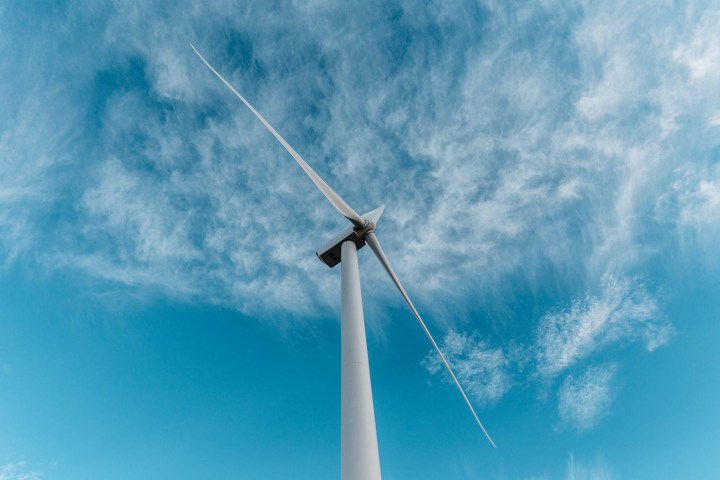
Just how much is 70 gigawatts in layman’s terms? According to Michael Goggin, senior director of research at the AWEA, it’s “enough to power about 19 million homes.” Or if you prefer a more seasonal visualization, the Huffington Post notes that it’s enough energy “to light up the Rockefeller Center Christmas tree for over 440,000 years.” So really, it’s a lot.
The use of wind energy in the United States follows a national trend that has been rising for the last several years. Back in 2007, less than 1 percent of total electricity in the U.S. came from wind power. Today, “We’re approaching 4.5 to 5 percent of total electricity use in the United States,” says Goggin.
And with a record number of turbines, that proportion is only expected to grow.
Not only is wind energy more environmentally conscious than non-renewable forms of energy like coal and natural gas, it’s also cheaper. And thanks to a recent decision by Congress to grant a five-year extension to the Renewable Energy Production Tax Credit, it makes good business sense to invest in wind for power.
Today, American wind farms lead the world in terms of energy production, and the industry has created 73,000 jobs in the United States. With 500+ factories in 43 states, it’s hard to argue with the good sense of turning more and more to wind.
“This American wind power success story just gets better. There’s now enough wind power installed to meet the equivalent of total electricity demand in Oklahoma, Nebraska, Kansas, Colorado, and Wyoming,” said Tom Kiernan, CEO of the American Wind Energy Association (AWEA). “Wind energy is the biggest, fastest, and cheapest way we can cut carbon pollution here in the U.S., and as wind power grows, so will savings for American families and businesses all across the country.”
Editors' Recommendations
- World’s most powerful tidal turbine begins generating electricity
- Europe’s free land could house enough wind turbines to power the world



